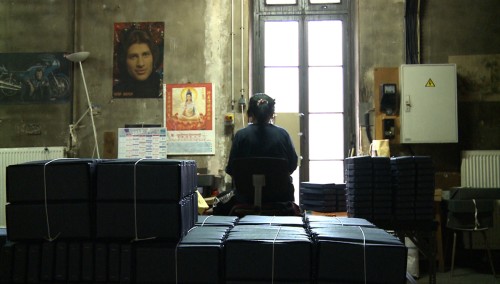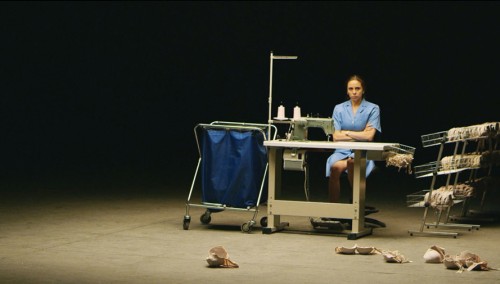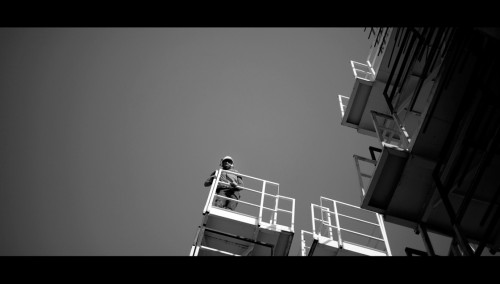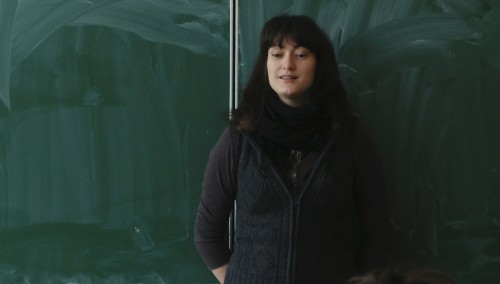Working Worlds 2017
What do we actually work for? For personal fulfillment? To live well? Or just to survive?
This year the film The Invisible Hand spans the section Working Worlds, raising essential questions about the meaning, appreciation, and visibility of work, questions that can also be found in the other films. In David Macián’s feature film debut, work becomes a mere show, an empty, mechanical, purposeless activity. A mechanic takes a car apart and reassembles it again. Machine components are conjoined without ever being further processed. In the last step of her work, a seamstress cuts up what she has just sewn over and over again. The workers act without ever knowing the actual purpose of their tasks. For equally incomprehensible reasons, the first increase in efficiency is required of them after a brief period. More has to be “produced” more quickly, only to evaporate as before into meaninglessness. Where is that supposed to lead? And who is actually profiting from this? Should one resist, or is the fear of losing a job that secures one’s livelihood too great? And what is the point of working under these conditions anyway?
The teachers portrayed in To Be a Teacher are not driven solely by idealism either. Some of them are primarily interested in secure employment and job prestige. In return, they become part of an educational apparatus that they partly call into question themselves.
The young construction worker Joao in What We Have Made, on the other hand, proudly talks about how working in construction has become a part of him: “It looks as though you were useless, but you are needed.” Work can define a person’s place in society. It can become so central to our life that it actually becomes our life. While we seem to identify more and more with our profession, there is a lack of appreciation for (manual) labor at the same time.
It is characteristic of the increasing invisibility of certain forms of work that the residents of a former working-class district of Paris are not really even aware of a small business in the middle of their neighborhood, where high-quality cardboard packaging has been produced for decades. In Behind the Stone Wall, a filmic monument is dedicated to the factory, which like so many others has to relocate to the periphery.
In this sense, the program of Working Worlds 2017 invites the audience to discover, observe, scrutinize, reflect, and ask essential questions of themselves as well.




